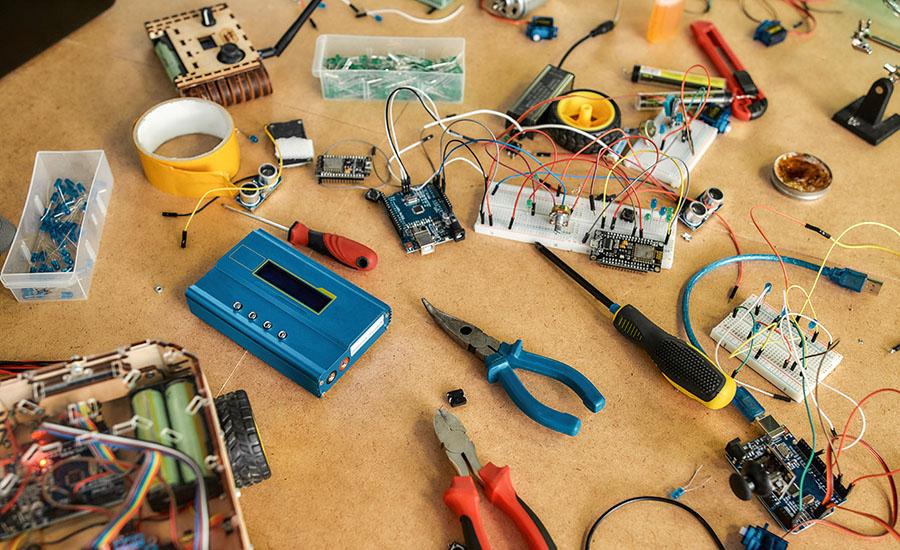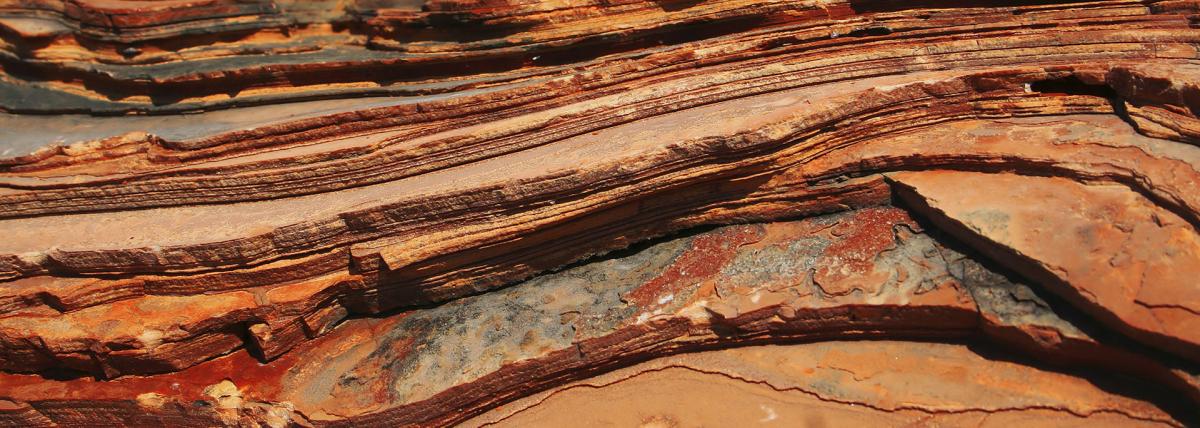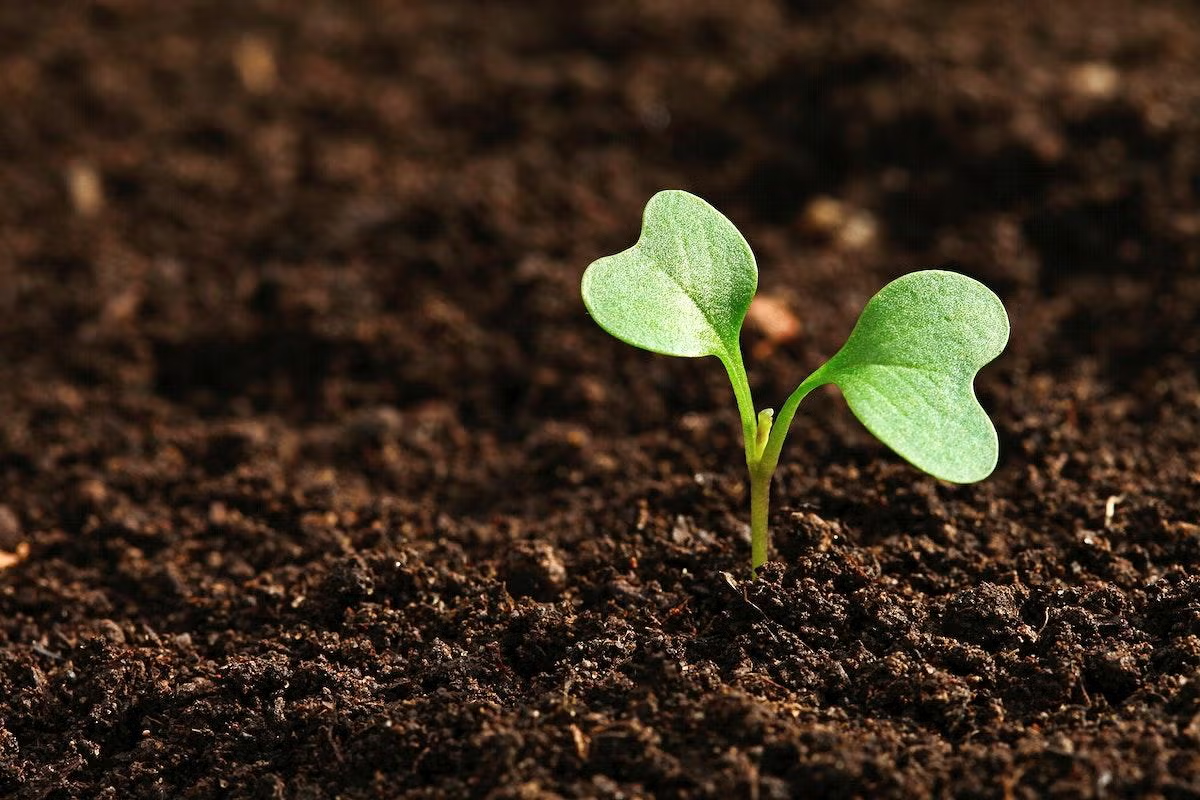
Students will focus sunlight through a pinhole onto a sheet of paper. Knowing the distance between the projection and the pinhole allows students to calculate the diameter of the Sun using ratios.

In this lesson, first-grade students will explore the concept of resource sharing in nature using dioramas. The lesson is designed to help students understand that living things, such as plants and

Ballooning Spider Phenomenon
Lesson Description: In this first-grade lesson, we will learn about the amazing world of spiders! We'll start by exploring the life cycle of a spider, from when it hatches to how it grows and changes

The students will create an interactive diorama using the Hummingbird Robotics kit on Natural Disasters. The students will choose their Natural Disaster that they want to bring to life, complete a

Students will be researching engineering design features that can be utilized to create buildings that can more effectively withstand the effects of a major earthquake. Students will work within a

Students will read the original version of The Three Little Pigs and then explore different versions of the story. After exploring, they will complete a compare & contrast chart on two or three of the

In this hands-on lesson, students learn about thermometers and determining the difference between Celsius and Fahrenheit. They create a table of temperature readings for a minimum of 10 days and find

Students will read and explore the idea of leprechauns and traps. Then, using the Engineering Design Process students will have to build a leprechaun trap.

Students will use the Engineering Design Process to plan and create the longest chain. Then they will use tools to measure their chains.
Have you ever seen a weather forecast on TV? If so, you might have noticed the letters "H" and "L" moving around on the weather map. They are often referred to as zones of "high pressure" (H) and "low

Pocket Creature Build Challenge
In this build challenge, students will work in teams build a small creature out of recycled materials that serves a purpose. This outstanding lesson is easily customizable to engage in various science

This is the 3rd and final lesson in a series of 3. In this 8-week project, 6th-grade students will collaborate in small groups to create eco-friendly inventions that aim to reduce their carbon

This engaging lesson explores the statements of 4 students and their ideas on what causes night and day. Through this the students work together to demonstrate, discuss, create models, test, and

In this hands-on lesson, students develop a model of a seismograph. They analyze and interpret data and as they learn about earthquakes. Students read about Mt. St. Helens and use technology to

Students will create a 3D model of a landform in small groups, record facts about the landform, use their ipads to take a picture of the landform and voice record themselves presenting about it

This lesson allows students to engage with technology, literature, and engineering in a fun and creative manner. It aims to combine literature with technology, providing students with an opportunity

In this exciting lesson, students will use the engineering design process to devise an alternative method for retrieving the shield of Ares from Hephaestus' trap, as depicted in Chapter 15 of "Percy

This high school lesson was created to discuss Martian and potentially future soil on Earth. The overall goal is to achieve biodiversity and health within the soil. It should hold moisture but not too

This hands-on lesson is for the use of a hydroponic system. Tower gardens were the systems used, however, if budget is a concern, there is a very affordable option in the plan as well using tanks

The purpose of this lesson is to explore with students the mining process and the potential impacts humans have on ecosystems and their populations. Once completed students should have a deeper

In this lesson, students will use the story of "The Three Little Superpigs and the Gingerbread Man" as the context to complete a hands-on STEM activity where they are responsible for building a trap

In this outstanding lesson, teachers facilitate students to design and build Meet Edison Robots for Cougar Clash “BattleBot” robot battle classroom tournament. (We named ours Cougar Clash as your

This is the 2nd lesson is a 2-part series. Students will expand their knowledge of Newton's laws while building, launching and changing the design of paper rockets. This design and modeling exercise

Students will expand their knowledge of Newton's laws while building, launching and changing the design of paper rockets. This design and modeling exercise by JPL/NASA starts students off with a


